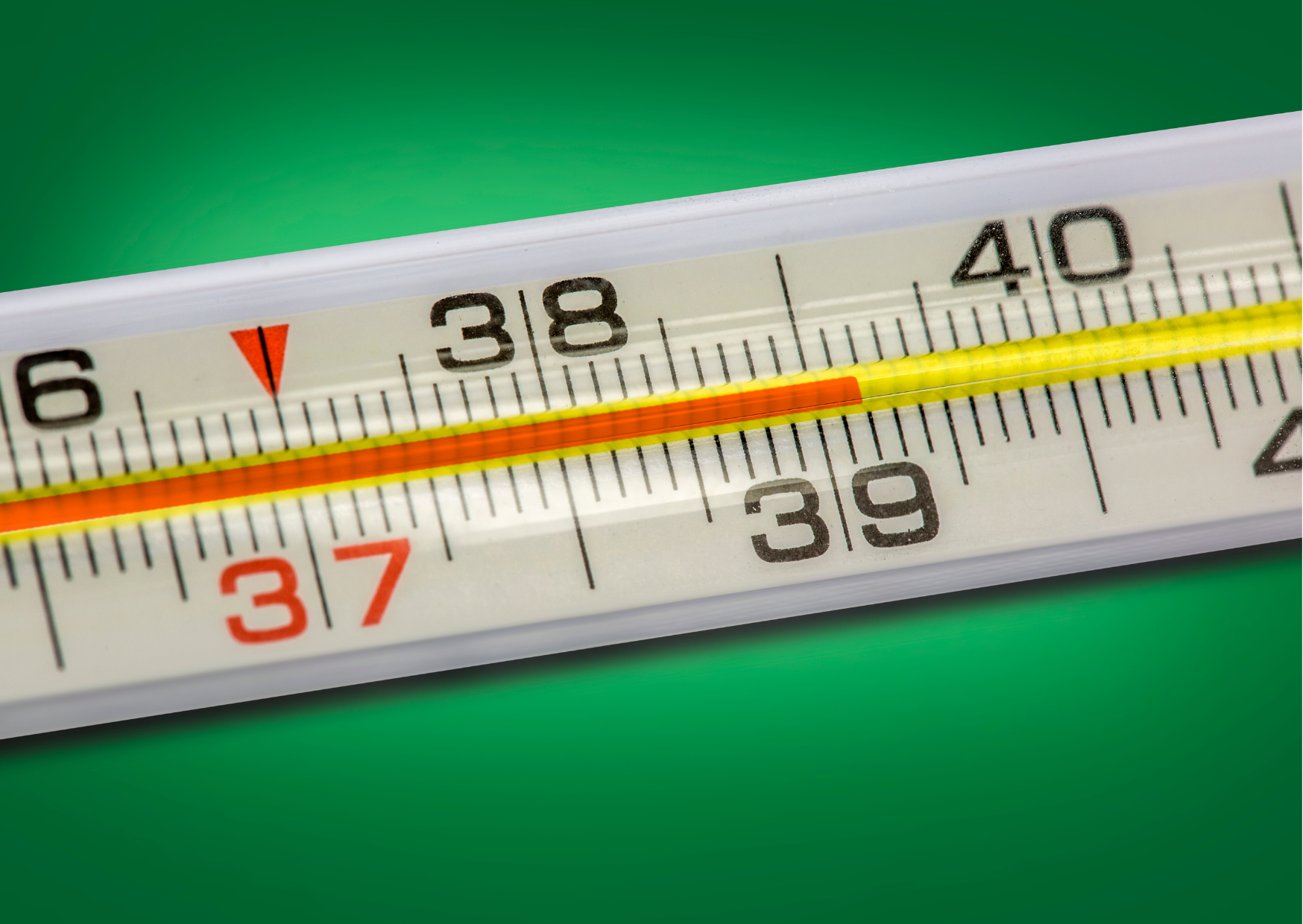What ways can you measure temperature?

Sensors that measure temperature can come in a wide variety with different features, but they all have one thing in common: they all measure temperature by checking for some change in a physical characteristic. In this article, we will be going through each type of industrial temperature sensor and how it works.
How to measure temperature
Thermocouples
Thermocouples are an essential part of high temperature measurement. They are voltage devices that measure temperature with a shift in voltage. As temperature increases, the output voltage of the thermocouple rises – not always linearly. Typically, a thermocouple is placed inside a metal or ceramic shield to guard against various conditions. Metal-sheathed thermocouples can include coatings such as Teflon, which permit use in acidic and caustic solutions.
Resistive temperature measuring devices
Resistive temperature measuring devices are electrical too. Rather than relying on a voltage like a thermocouple, they utilise a characteristic of matter that varies with temperature – resistance. Examples of resistive devices include metallic RTDs and thermistors.
Generally, RTDs are more linear than thermocouples, with resistance increasing as the temperature rises in a positive direction. By contrast, the thermistor has a completely different type of construction. It is a very nonlinear semi-conductive device that will go down in resistance as temperature increases.
Infrared sensors
Infrared sensors are non-contacting sensors, so if you hold up a normal infrared sensor to the front of a desk without contact, the sensor will tell you the temperature of the desk simply by reading its radiation. If measuring ice water without contact, it will probably measure slightly below 0C due to evaporation, which lowers the expected temperature reading a little bit.
Bimetallic devices
Bimetallic devices utilise the heat-induced expansion of metals. Combining two metals and connecting them to a pointer, one side of the strip will grow more than the other when heated. When it is geared correctly to a pointer, the temperature measurement is shown.
Bimetallic devices have the advantages of being easy to transport and independent of a power supply, but they are less accurate than electrical devices. You can’t easily record temperature values with bimetallic devices, but portability can be a useful advantage.
Thermometers
Thermometers are liquid expansion devices used for temperature measurement, and there are two main types: mercury and organic. Mercury devices have specific limitations in how they can be safely transported. For instance, mercury is thought to be an environmental contaminant, so breakage can be dangerous. Before shipping mercury products, check to see if there are any current restrictions on air transportation.
Change of state sensors
These temperature sensors measure exactly what the name suggests, a change in the state of a material brought about by a shift in temperature, like a change from ice to water and then to steam. Devices like these that are available on the market include labels, pellets, crayons, or lacquers.
For instance, labels might be used on steam traps and when the trap needs altering it gets hot, then the white dot on the label will highlight the rise in temperature by turning black. The dot will stay black, even if the temperature goes back to normal.
Change of state labels measure temperature in both Fahrenheit and Celsius. The white dot changes to black when it surpasses the temperature indicated, and it won’t change back. Temperature labels are useful to prove that the temperature didn’t exceed a specific point, which is beneficial for engineering or legal reasons during delivery.
Summary
There are a number of different ways to successfully carry out industrial temperature measurement. The best one will depend on the circumstances of the application. At TRM, we are experienced in heat management and temperature measurement and offer services that cover the design, supply, and installation.
We offer a wide range of temperature-related products and services along with our main role of design, manufacturing, and supply of type MI thermocouple/sensor cables and probes. Contact us today to discuss your temperature measurement requirements and how we can help.